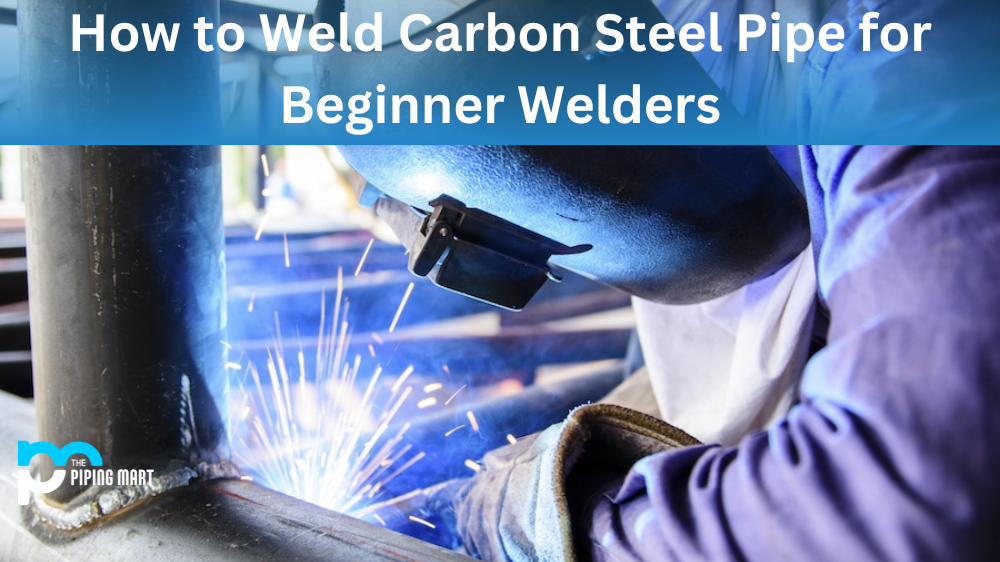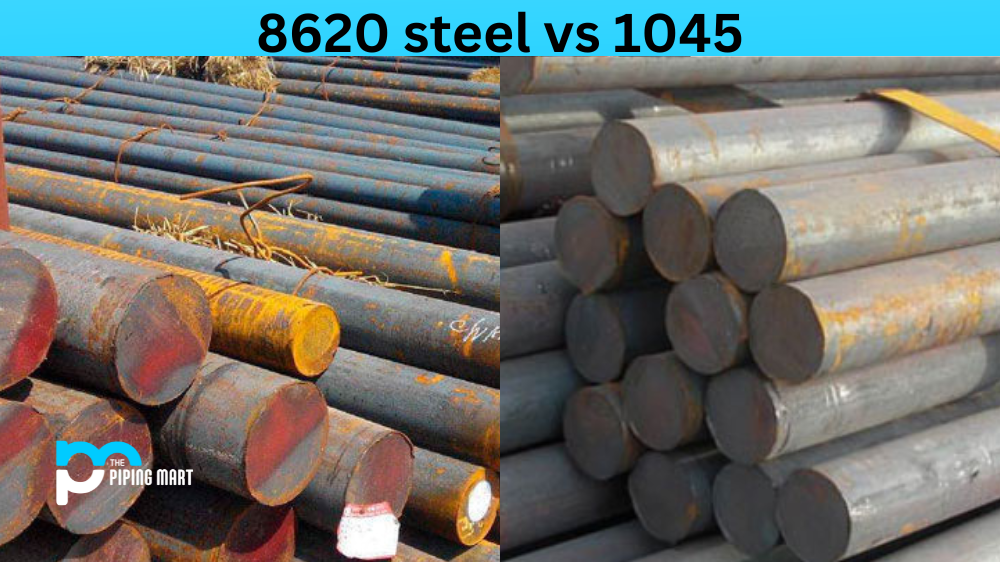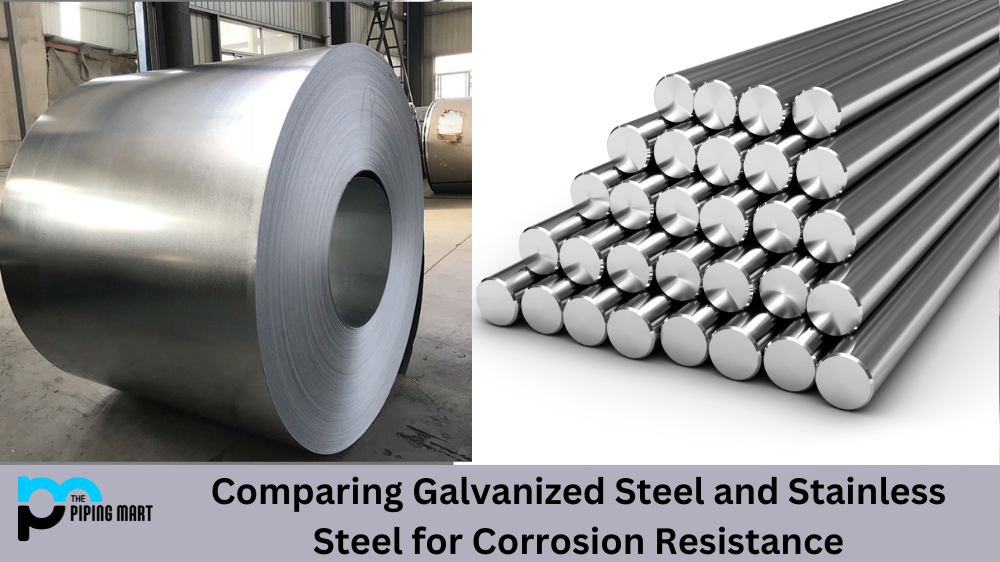For those new to welding, learning how to weld carbon steel pipe safely and effectively can seem daunting. However, with the right tools and techniques, anyone can learn to weld carbon steel pipes in no time. In this blog post, we will go over the basics of welding carbon steel pipes so that beginner welders can get up to speed quickly.
Before getting started on any welding project, it’s important to ensure you have all the proper safety equipment and workspace set up. Carbon steel pipe welding is no different. Make sure you have on an appropriate welding helmet with a face shield, leather gloves and boots, long pants, and a long-sleeved shirt or jacket. Additionally, be sure your workspace is properly ventilated, as welding produces toxic fumes that must be cleared away from the area quickly.
Now that you’re ready to get started, it’s important to understand the basics of welding carbon steel pipe. The most common type of welding used on carbon steel pipe is shielded metal arc welding (SMAW). This involves feeding a consumable electrode through an electric arc while simultaneously feeding a shielding gas into the weld pool area. As you continue along the length of your pipe run, you’ll need to add filler metal in order to build up layers of material as you go. Filler metal should always match the exact alloy composition of your base material in order for it to bond correctly with existing material.
When making butt joints—where two pieces of metal are joined together without overlapping—it’s important to ensure that both pieces are clean and free from rust and other contaminants before applying heat or filler metal. Failure to do so may lead to weak bonds or cracking along your joint lines when pressure is applied against them later on down the line. Additionally, be sure not to use too much heat when joining two pieces together, as this could cause warping or distortion in your finished product. Instead, focus on building multiple small layers rather than one large layer for each pass of filler metal to cool off before moving on to the next spot along your join line.
Conclusion:
With these tips in mind, beginner welders should now feel confident enough to tackle their first project involving carbon steel pipes! Be sure not to take shortcuts when it comes to safety or quality control; by following these steps correctly every time you weld carbon steel pipes, you can ensure that your projects look professional! Good luck!
Meet Heer, a dynamic and driven writer learning tricks of her trade in the metal industry. With a background in Digital Marketing, Heer brings a unique perspective to her writing, sharing valuable insights. Apart from blogging she like reading and hiking.




